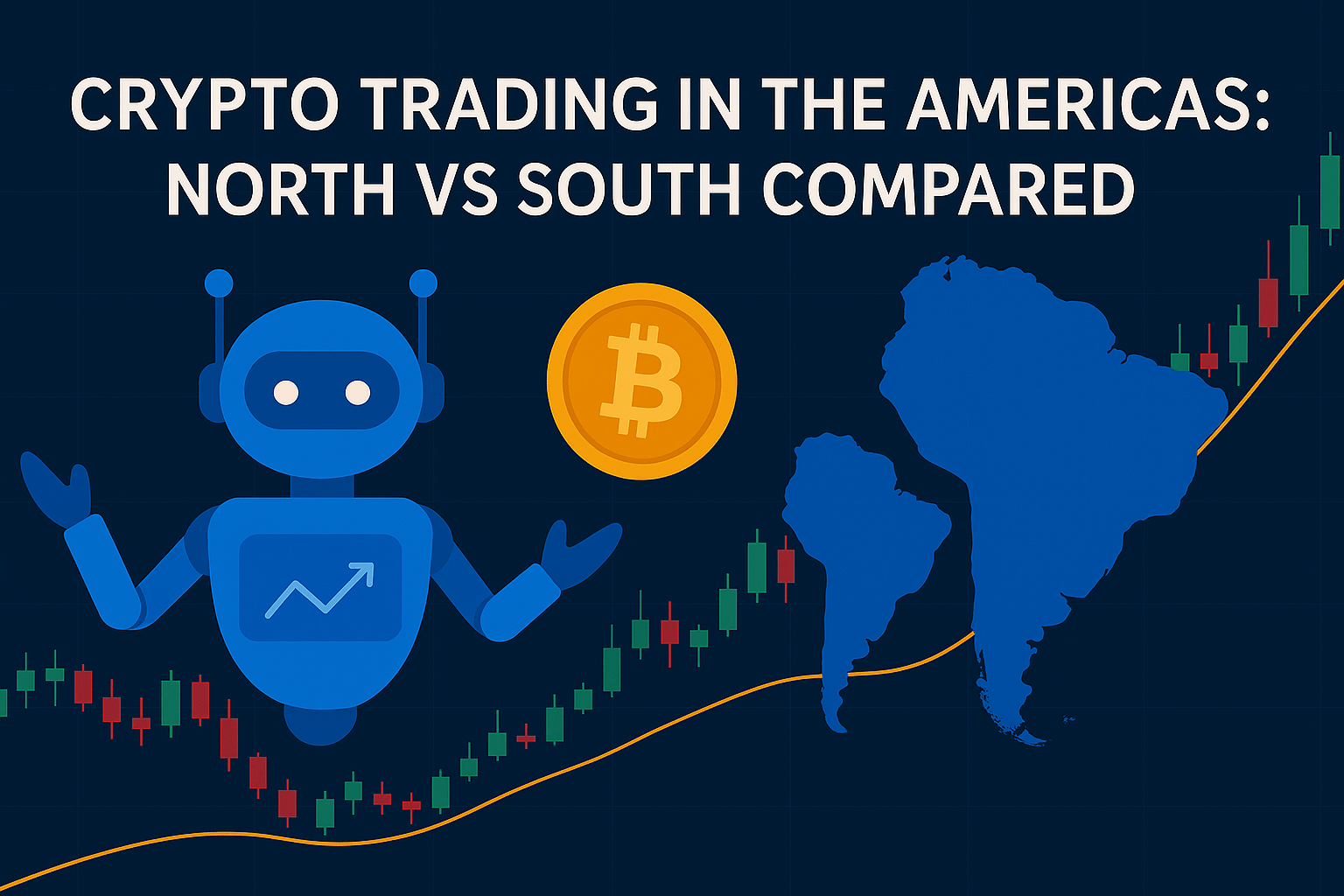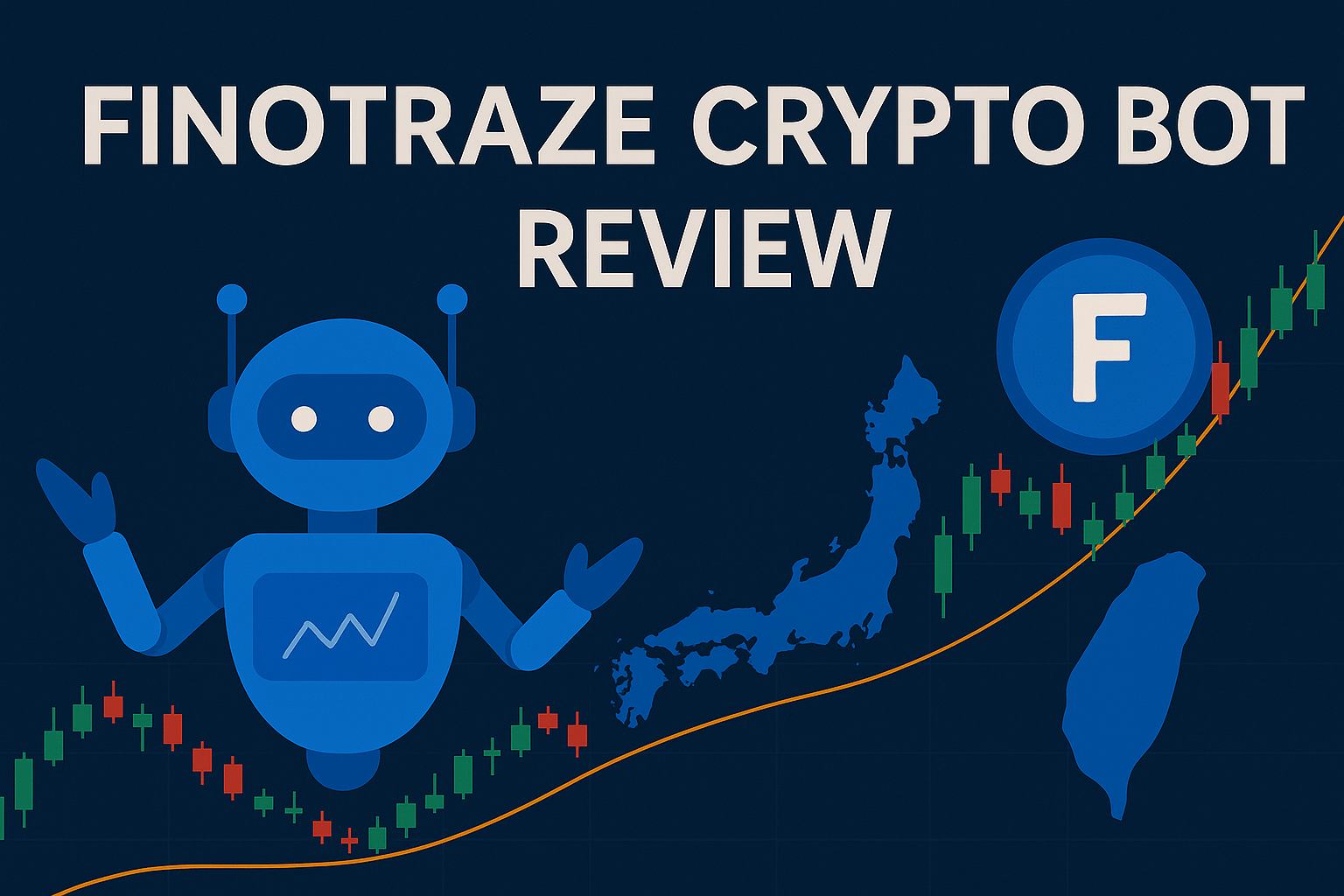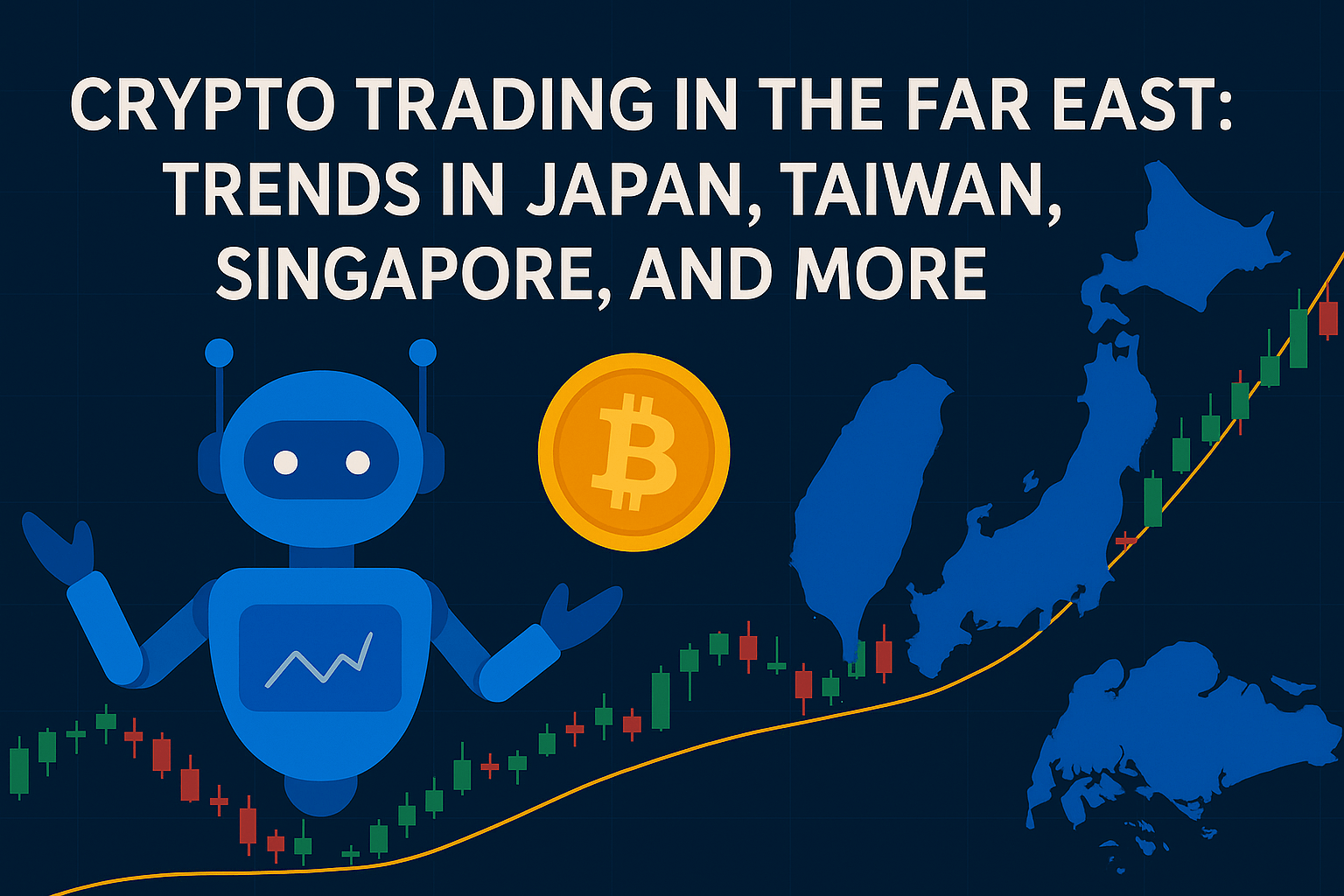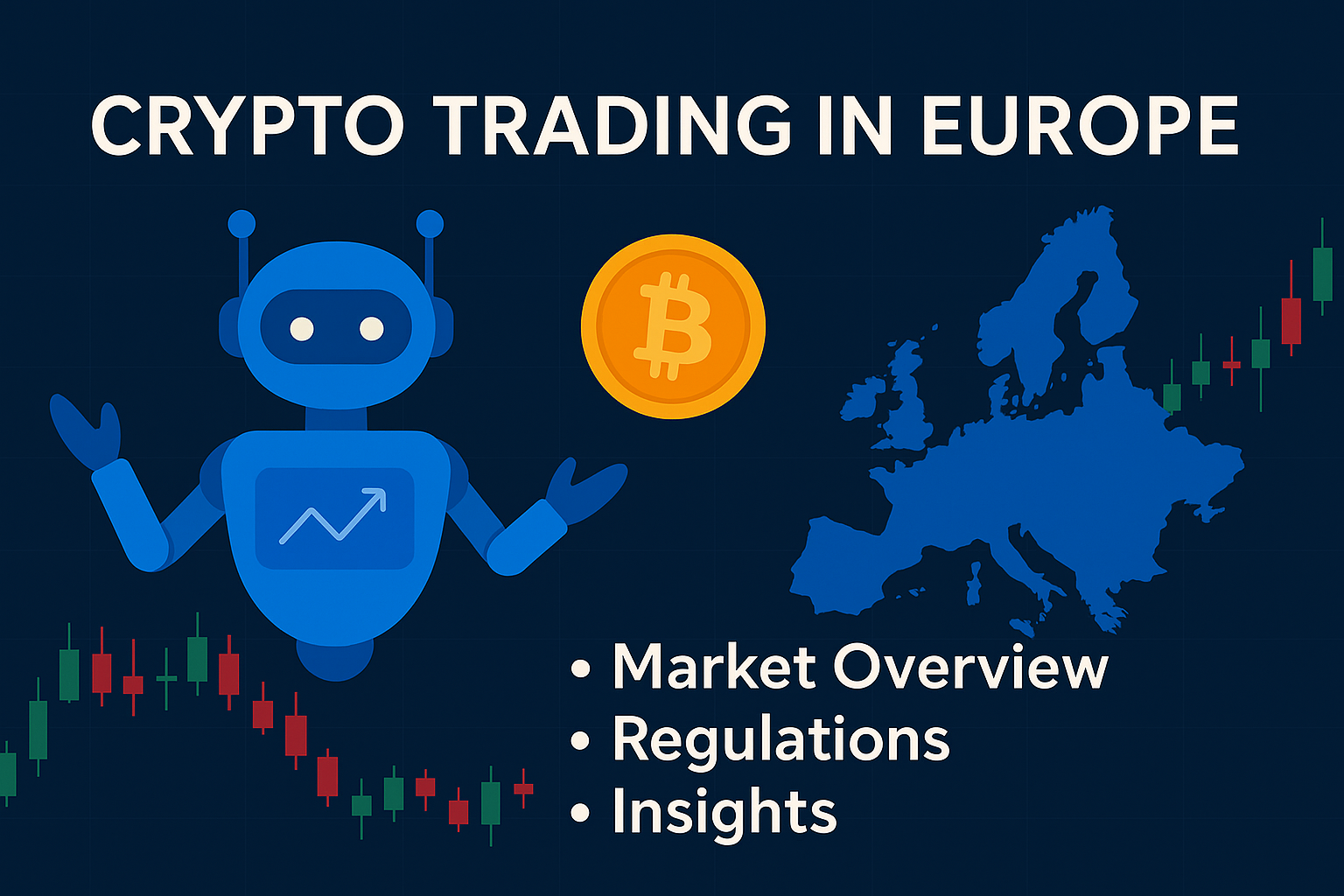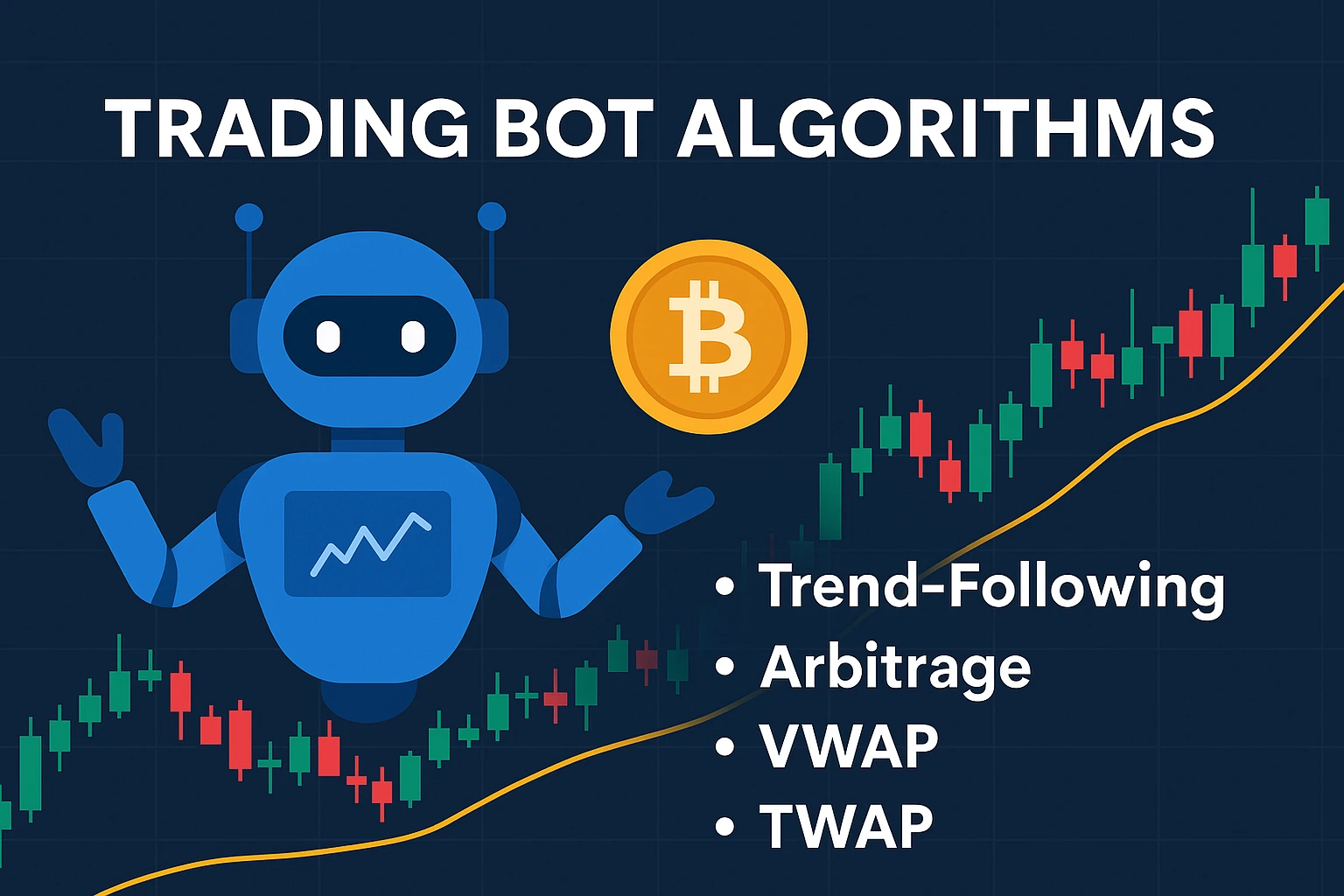Although North and South America share geographic proximity, the landscapes of cryptocurrency trading within these regions differ dramatically. These differences are driven by:
- Regulatory philosophies
- Technological infrastructure
- Market maturity
- Economic stability and inflation exposure
- Cultural trust in financial systems
In this article, we examine how the crypto markets of North America (led by the U.S. and Canada) compare and contrast with those of South America (notably Brazil, Argentina, Venezuela, and Colombia), offering insights into trading behavior, institutional involvement, and future trends.
Regulatory Environments
The most critical factor separating crypto trading environments across the Americas is regulation. North America leans toward restrictive, complex legislation, while South America often balances leniency with pragmatic adaptation.
North America: Regulation by Enforcement
United States
- Agencies Involved: SEC, CFTC, FinCEN, IRS
- Legal Ambiguity: Lack of consistent classification (securities vs. commodities)
- Recent Actions:
- SEC lawsuits against Binance.US and Coinbase (2023)
- Push for stablecoin legislation (2024 proposals)
- Limited banking access for crypto exchanges
- SEC lawsuits against Binance.US and Coinbase (2023)
Despite regulatory friction, the U.S. is home to robust trading platforms like Kraken, Coinbase, and Gemini — operating under tight scrutiny.
Canada
- More coordinated regulation: Under CSA and FINTRAC supervision
- Clear requirements for exchange registration and investor disclosures
- Ban on leverage for retail users introduced in 2023
“Canada has taken a precautionary approach to crypto regulation, focusing on investor safety over innovation.”
— Ontario Securities Commission, 2024 Report
South America: Adaptive, Inflation-Driven Frameworks
Brazil
- Central Bank oversight post-2023 framework
- Pix integration (real-time payments) with exchanges
- One of the most active crypto markets in LATAM
Argentina
- Crypto used as inflation hedge (CPI over 140% in 2023)
- Regulatory gray area, but growing state interest in stablecoin taxation
- Heavy use of P2P platforms like Binance P2P and LocalBitcoins
Venezuela
- State-issued Petro failed, but crypto thrives in informal trade
- Mining regulated by Sunacrip (with military ties)
- High usage of USDT and BTC amid bolivar devaluation
Infrastructure and Access
While North America has world-class internet infrastructure and banking systems, South America faces access constraints but compensates with innovation and mobile-first strategies.
North America’s Institutional-Grade Infrastructure
- Onramps: ACH, wire transfers, debit/credit cards
- Cold storage norms: Coincover, Fireblocks, BitGo
- Custodial innovations: Coinbase Custody, Fidelity Digital Assets
- Market APIs: Commonplace for algo-trading bots
North American exchanges support advanced features:
- Multi-layered KYC
- Insurance coverage
- Fiat integrations (USD/CAD pairs)
- Options and perpetual contracts
South America’s Mobile and Peer-Based Systems
- P2P networks are vital: Binance P2P, Paxful, OKX Local
- WhatsApp and Telegram used to coordinate trades
- Local stablecoins (e.g., BRZ) used alongside USDT
- Retail traders often avoid KYC by using gift cards, vouchers
Access to U.S.-based exchanges is often limited by:
- Lack of ID documentation
- Banking restrictions
- Regional sanctions (especially in Venezuela)
Market Behavior and Trading Culture
North America: Sophisticated, Data-Driven Trading
- Dominated by institutions and pro traders
- Common strategies:
- Algorithmic trading
- Leveraged derivatives
- Liquidity farming
- Algorithmic trading
- Popular platforms: Coinbase Advanced, Kraken Pro, Interactive Brokers Crypto
The U.S. and Canada focus on:
- Portfolio diversification using crypto ETFs and derivatives
- Tax reporting automation (e.g., Koinly, TokenTax)
- Regulatory arbitrage (many hedge funds relocate offshore)
South America: High Volume, High Emotion
- Traders often respond to macro triggers: inflation news, elections, U.S. rate hikes
- Popular tactics:
- Buying dips in BTC/USDT
- Holding USDT as a quasi-savings account
- Participating in airdrops and referral programs
- Buying dips in BTC/USDT
- Platforms like Ripio, Mercado Bitcoin, and Bitso dominate local engagement
In many LATAM countries, crypto is more than an asset — it’s a tool for economic survival.
Most-Traded Pairs and Volume Comparison
| Region | Most Traded Pair | Local Fiat Use | Common Exchange | Risk Profile |
| USA | BTC/USD | High | Coinbase, Kraken | Regulated, KYC-heavy |
| Canada | BTC/CAD, ETH/CAD | Medium | Bitbuy, NDAX | Moderate oversight |
| Brazil | BTC/BRL, USDT/BRL | High | Mercado Bitcoin | Retail-heavy |
| Argentina | USDT/ARS | Very High | Binance P2P | Unregulated, volatile |
| Venezuela | BTC/USDT (P2P) | Minimal | LocalBitcoins | Sanctions-driven |
Stablecoins and CBDCs in the Americas
The divergence in monetary stability between North and South America has made stablecoins and central bank digital currencies (CBDCs) central to both regions’ crypto ecosystems—but for different reasons.
North America: Regulation of Stablecoins, Exploration of CBDCs
United States
- The U.S. government continues to explore a Digital Dollar, with the Federal Reserve’s Project Hamilton testing back-end infrastructures for a CBDC (as of 2024).
- Meanwhile, stablecoins are a regulatory focus:
- USDC (issued by Circle) is widely accepted and backed by U.S. treasuries.
- Tether (USDT) is heavily used but still viewed with skepticism by U.S. regulators.
- Congress has debated stablecoin legislation requiring full cash reserves and federal charters for issuers.
- USDC (issued by Circle) is widely accepted and backed by U.S. treasuries.
Canada
- Canada has not launched a CBDC, but the Bank of Canada has run consultations since 2020 and continues testing.
- Stablecoin usage is permitted, but banks limit exposure to crypto service providers.
- Canadians primarily access USDC, USDT, and CAD-backed coins like QCAD via platforms like Newton and Bitbuy.
South America: Stablecoins as Economic Lifelines
In South America, stablecoins are not just tools—they are currencies for daily use.
Argentina
- The Argentine peso’s collapse has led to USDT becoming a de facto store of value.
- Merchants often accept USDT for large purchases; crypto cards (e.g., Lemon Cash) allow spending stablecoins.
- No state CBDC exists, but government-led discussions around peso digitization began in 2023.
Brazil
- Brazil is piloting the Drex CBDC (Digital Real), launched in 2024 for B2B use, with potential expansion to retail.
- The Central Bank actively supports crypto innovation, and local exchanges offer BRL-backed stablecoins (e.g., RealToken).
- USDT and USDC are both dominant in Brazilian crypto trading pairs.
Venezuela
- Petro, a state-issued crypto backed by oil, has largely failed, with little user adoption.
- Citizens rely heavily on P2P USDT trades, often using Telegram bots to bypass official rates.
- The economy runs on a mix of fiat, stablecoins, and barter.
Risks, Scams, and Trust Factors
Different levels of institutional trust and regulation across the Americas translate into vastly different risk environments for crypto traders.
North America: Regulatory Risk and Institutional Security
Key Risks:
- SEC crackdowns on staking services and tokens (e.g., Ripple, LBRY)
- Tax complexity: Form 8949, capital gains, FBAR obligations
- Exchange delistings and sudden policy changes (e.g., Kraken removing Monero)
However, security is very high:
- Regulated custodians (e.g., Fidelity)
- FDIC-insured bank integrations
- Legal recourse options exist for fraud and loss
Investor behavior is cautious but professional—focused on long-term compliance and performance.
South America: Trust Deficits and Informal Risks
Major Challenges:
- High number of Ponzi schemes (e.g., Arbistar in LATAM)
- Fake exchange apps proliferating on Android markets
- P2P scams through WhatsApp and Telegram
Example:
“In Argentina, over 12% of surveyed crypto users reported being defrauded in informal transactions, usually involving stablecoin P2P sales.”
— Chainalysis LATAM Crypto Report 2024
Security infrastructure is often self-managed:
- Paper wallets and mobile apps dominate
- Seed phrases stored physically (no access to hardware wallets)
- Trust is placed in social networks, not institutions
Future Outlook (2025–2027)
North America
- Regulatory clarity is expected post-2025 U.S. elections, likely improving stablecoin frameworks and ETF products.
- Institutional flows will continue shaping the market (e.g., BlackRock and Fidelity BTC products).
- AI-driven trading bots and regulatory-compliant DeFi may become mainstream.
Projections:
- Greater bank–exchange partnerships
- Stablecoin regulation similar to money market funds
- CBDC pilot expansion if privacy concerns are resolved
South America
- Crypto adoption will deepen, driven by inflation and distrust in traditional finance.
- Brazil’s Drex may set a standard for LATAM CBDCs if it succeeds.
- Growth in cross-border stablecoin remittances is expected, particularly from the U.S. and Europe.
Projections:
- Increased government scrutiny of crypto taxation
- Growth of regional exchanges with fiat bridges
- Higher stablecoin penetration in daily commerce
“Crypto is not a speculative investment in Latin America—it’s a necessity. People use it to escape failing currencies, survive inflation, and participate in the global economy.”
— Camila Russo, founder of The Defiant, LATAM Crypto Summit 2024
Comparative Table – North vs South American Crypto Trade
To consolidate the differences and similarities across the continent, the following table provides a comparative overview of key metrics, trends, and regulatory dynamics in North and South America:
| Feature / Region | North America (U.S., Canada) | South America (Argentina, Brazil, Venezuela, etc.) |
| Regulatory Status | Developed, complex, enforcement-driven | Developing, fragmented, reactive |
| Major Exchanges | Coinbase, Kraken, Bitbuy, Gemini | Mercado Bitcoin, Ripio, Lemon, Binance (localized) |
| Trading Volume (avg. 2024) | High institutional volume, $10B+/day in U.S. | Moderate–high, $500M–$1B/day (mostly retail) |
| Top Traded Pairs | BTC/USD, ETH/USD, USDC/USD | BTC/USDT, ETH/USDT, USDT/ARS |
| Stablecoin Usage | Heavily regulated; USDC, USDT mostly for trading | USDT dominant; daily usage for commerce and saving |
| CBDC Development | U.S.: exploratory stage; Canada: research phase | Brazil: active pilot (Drex); others planning or delaying |
| Retail Participation | Medium; mostly investment-driven | High; crypto used for savings, remittances, payments |
| Tax Reporting | Mandatory, detailed (IRS, CRA) | Unclear or absent; depends on country |
| Fraud and Scam Risk | Lower due to regulation and custody norms | Higher; informal trade, social media-based scams |
| Access to DeFi | High via regulated portals | Moderate; many use MetaMask or centralized access points |
Conclusions: Continental Divide, Converging Futures?
While North and South America both maintain significant crypto communities, their motivations and environments remain fundamentally different.
- North America is focused on crypto as an investment and innovation asset class, shaped by regulation, institutional infrastructure, and legal clarity.
- South America, by contrast, treats crypto as a survival tool against inflation, currency controls, and financial exclusion—especially through P2P stablecoin usage.
However, both regions are likely to converge in certain areas:
- CBDCs are in development across both hemispheres.
- AI-driven trading, privacy-preserving tools, and KYC-regulated DeFi platforms are expanding.
- Stablecoins are becoming core financial primitives—not just crypto products.
The future of crypto in the Americas depends on:
- The speed and fairness of regulation
- The integration of blockchain into banking
- The education and protection of users from exploitation
FAQ – North vs South America Crypto Trade
Q1: Why is crypto adoption higher in South America than in parts of North America?
A: South America faces extreme inflation, unstable currencies, and limited access to banking. These pressures make crypto a practical solution, not just a speculative asset.
Q2: Is it safer to trade crypto in North America?
A: Generally yes. Regulatory clarity, custodial standards, and insured exchange practices reduce fraud and loss risk in North America compared to informal trading structures in South America.
Q3: Are South American governments pro-crypto?
A: It varies. Brazil actively promotes regulation and innovation. Argentina sees informal adoption despite unclear laws. Venezuela once launched the Petro but with limited success.
Q4: What are the biggest risks in South American crypto trade?
A: The main risks include scams in P2P markets, unreliable exchanges, currency volatility, and legal uncertainty. Educational outreach remains limited in many areas.
Q5: Will CBDCs replace stablecoins in the Americas?
A: Unlikely in the short term. CBDCs may complement stablecoins, but user trust and network effects still favor decentralized or third-party stablecoins like USDT and USDC.

